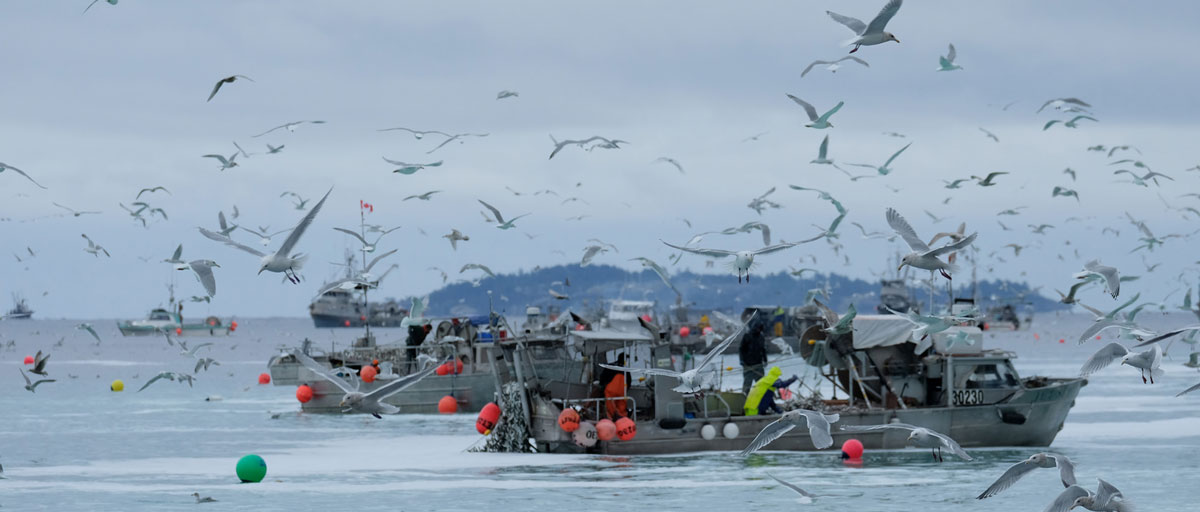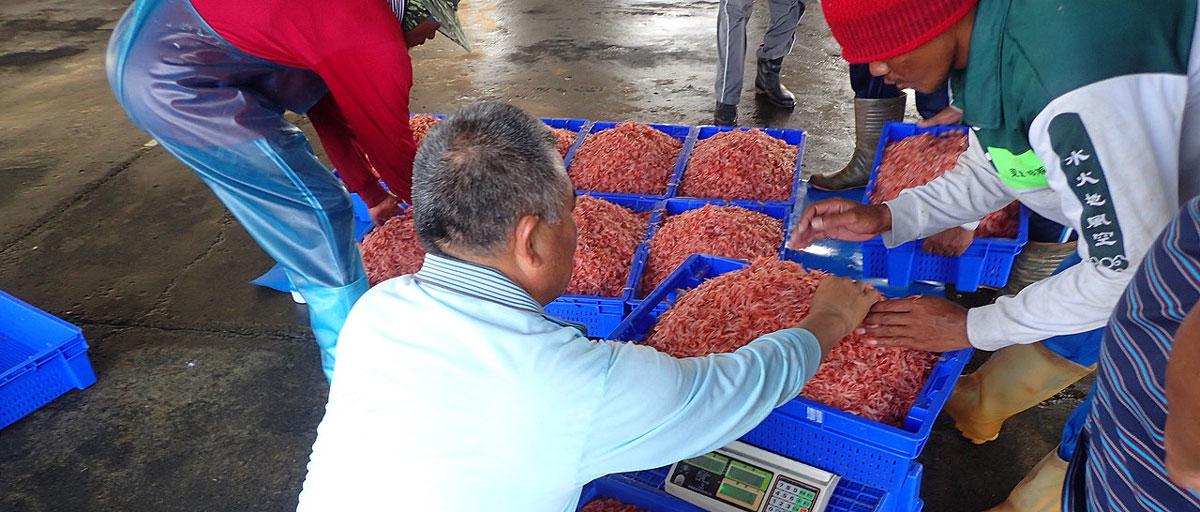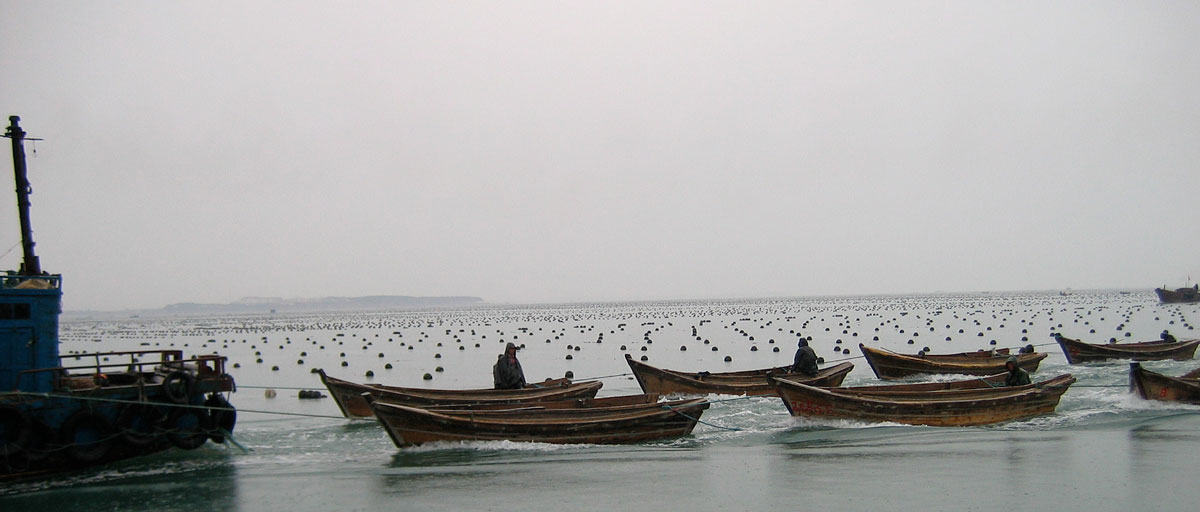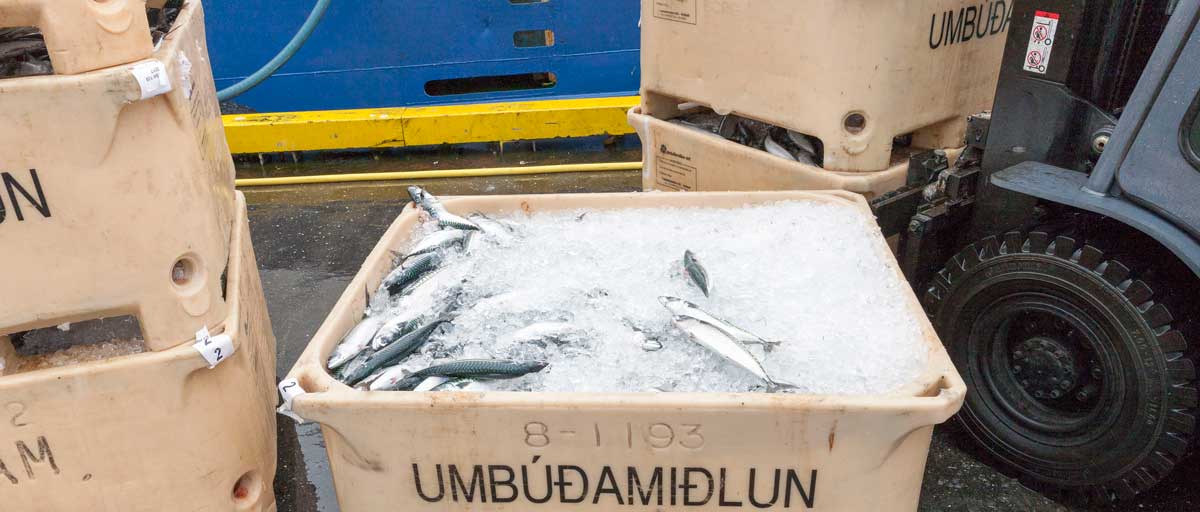Bildtext får vara max två rader text. Hela texten ska högerjusteras om den bara ska innehålla fotobyline! Photo: B. Christensen/Azote
Fisheries and aquaculture Communities
So long, and thanks for all the fish
New book chapter looks into the economic, cultural and ecological reasons why some people leave the fisheries and aquaculture sector, and what could be done to reverse the trend
• New publication compares two coastal communities in the Matsushima Bay of Japan and the Salish Sea in Western Canada and the USA
• The communities display many similarities, like rapidly aging and shrinking populations of people engaged in the fisheries and aquaculture sector
• The authors put forward a number of possible practical steps that could attract more people to the sector
“Young people, young people... well they have other things to do,” says one of the fishers interviewed in a study comparing two coastal communities in the Matsushima Bay of Japan and the Salish Sea in Western Canada and the USA. Both fishing communities, for example, display rapidly aging and shrinking populations of people engaged in fisheries and aquaculture activities.
Ultimately, age and health concerns are causing many to leave the industry. This in combination with a range of barriers facing new entrants are among the reasons both studied coastal communities’ fisheries and aquaculture sectors are shrinking. Sharing many similar challenges, these two cases can learn a lot from each other when it comes to solutions.
The study of the two communities is part of research presented in a recent chapter of the publication series “Satoyama Initiative Thematic Review” of the United Nations University Institute for the Advanced Study of Sustainability. The chapter is written by centre researcher Robert Blasiak together with two colleagues from Japan, Akane Minohara and Chris Cooling.
The three authors of the chapter identified many similarities between the Japanese and North American cases.
“Our study shows the potential for transnational sharing of innovations to common challenges,” they write.
Well-being of millions
Needless to say, declining fisheries and aquaculture communities are of global concern. Around the world, nearly 60 million people are engaged in capture fisheries and aquaculture activities, not to mention the estimated 200 million people employed in the processing, shipping and sale of associated products.
People engaged in the sector provide a broad range of nutritional and economic benefits that support the well-being of millions. Now, when people in the two studied coastal communities find the fisheries and aquaculture sector less desirable there are many different reasons and ways of responding.
Ecological and economic uncertainty, and the opportunities available in urban centres have caused many to leave the sector
Robert Blasiak, co-author
Several of the fishers that were interviewed mentioned degradation of ocean ecosystems, ocean acidification and climate change as long-term changes creating uncertainty that influences their planning and management decisions. Others said that they have sought to minimize risk through diversifying into other fisheries or other sectors, such as tourism.
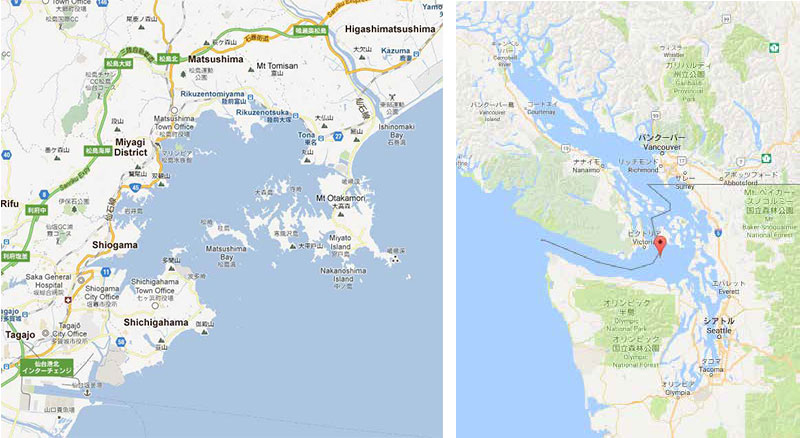
Map of Matsushima Bay (left) and the Salish Sea. Source: Google Map
One Japanese respondent from Matsushima Bay stressed that “diversification of risk, changing your mindset and not sticking to conventional ways and thoughts” are the keys to adapting to a changing environment and increasing resilience. This particular fisher also told the researchers that he has been involved in everything from small-scale fisheries and harvesting clams to owning a guesthouse and working as an oyster farmer. Correspondingly, on the Canadian side, several respondents reported that First Nations fisheries communities have diversified by operating traditional lodges that focus on cultural practices related to the sea. For example, visitors can participate in spiritual ceremonies connected to the Salish Sea and build stronger emotional ties to the region.
Some respondents who have decided to stay in the fisheries and aquaculture sector reported that they feel an obligation or desire to continue the family business or maintain proud cultural traditions. Others expressed an emotional longing for a stronger connection to nature or for a more independent lifestyle.
Blasiak and his colleagues also put forward a number of possible practical steps that could attract more people to the sector. For example, they suggest that barriers to new entrants can be eased through community, industry, or government support. They also mention ecosystem monitoring and “participatory decision-making processes” as ways to make management practices more effective, as well as diversification to mitigate specialization in high-risk production or harvesting activities.
“A clear commonality throughout the interviews was that respondents felt the government can, and indeed must, play an active role in supporting the management of marine resources as well as the people working in this sector,” they write.
From academic insights to policy and practice
As mentioned above, the new publication appears in the “Satoyama Initiative Thematic Review”. It is a publication series containing case studies providing knowledge and lessons related to “socio-ecological production landscapes and seascapes (SEPLS)”. The review series aims to collect experiences and relevant knowledge, especially from practitioners working on the ground, in order to provide concrete and practical knowledge and information as well as contributing to policy recommendations.
All contributing authors were asked to identify challenges and opportunities in sustaining livelihoods, social and ecological changes that have occurred and approaches being deployed to strengthen natural and social resilience in the landscapes and seascapes where they work.
Methodology
Blasiak and his colleagues conducted a series of field visits and in-depth interviews with key stakeholders engaged in the fisheries and aquaculture sector in the two locations. This was complemented by material collected from relevant publications of the governments of Canada and Japan, the research community, and various United Nations agencies. The selection of respondents “was heavily dependent on previous personal connections by members of the research team with communities in each location”. A series of field visits from 2011-2017 were also crucial to gain a deep knowledge of community structures and potential respondents. After contacting an initial set of individuals to seek interviews, a snowballing method was used in which respondents suggested further relevant respondents. The research team then reviewed the transcripts from the interviews and identified four primary themes that repeatedly emerged as representing crucial factors in shaping changes in livelihoods and communities. These themes were then used to classify key quotes and insights from the interviews.
Minohara, A., Cooling, C., and Blasiak, R. 2017. Coastal communities and livelihoods in a changing world: A comparison of the fisheries and aquaculture sector in Matsushima Bay, Japan and the Salish Sea, Canada/USA. In: UNU-IAS and IGES (eds.) 2017, Sustainable livelihoods in socio-ecological production landscapes and seascapes (Satoyama Initiative Thematic Review vol. 3), United Nations University Institute for the Advanced Study of Sustainability, Tokyo.
Robert Blasiak is a postdoctoral researcher for the NEREUS programme and focuses on aspects of sustainable management of ocean resources, as well as cooperation and conflict related to ocean management.
